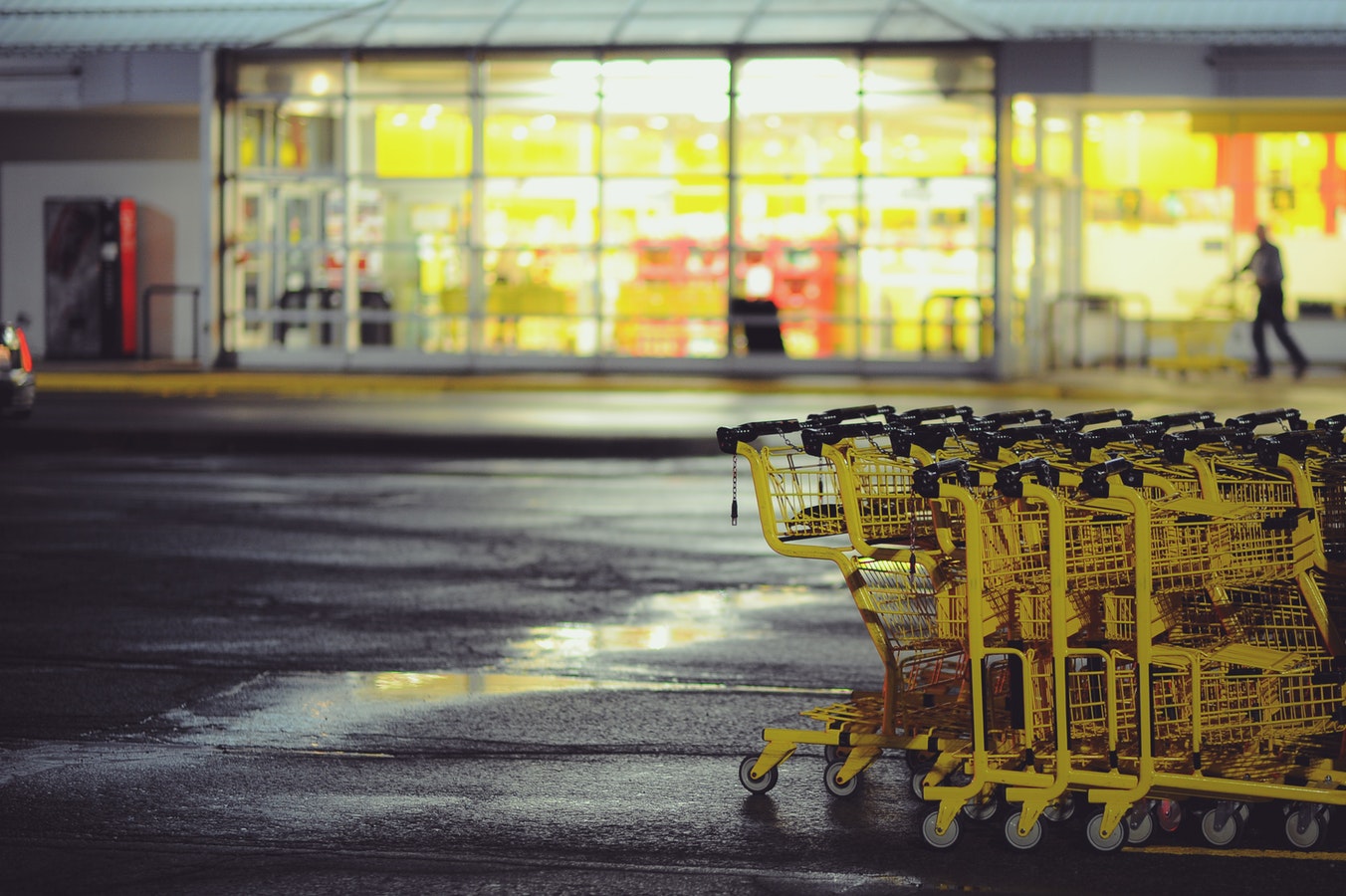In the era of smartphones, shoppers are armed with more information than ever before. Not only are they doing research on your products before they leave their house, but they are also checking reviews and making comparisons at the shelf. The store has become a must-win battleground for brands. In order to outperform your rivals, you cannot leave anything up to chance. These educated shoppers will spot any inconsistencies, and that could drive them to your competitors. Therefore, having full control over your shelf space is required.
Your consumers are spending their time and money on multiple channels before making a purchase. They’re on your website, smartphone apps, social media, and they also go to the store to showroom. In fact, almost half of your in-store traffic is mobile users. In order to remain consistent across all channels, in-store visibility is key.
This “offline” data was previously difficult to collect, but innovative brands and retailers are able to leverage new technologies in the space to bring it to light. Now, with near real-time data and insights available, there is no reason not to provide a seamless shopping experience. Your customers have no patience for any inconstancies across channels, especially regarding pricing and promotions.

Promotional Success
Marketers and brands spend a lot of money developing campaigns and promotions to help drive sales. But then, inside the store, signage is not properly placed, staff is not trained, and even products may not be available on time. If you paid for in-store signage, then you should make sure that it is optimally placed.
More than three out of four consumers (77 percent) intend to make a sale or promotional purchase during the holiday season. That means, if your promotions are not available when the customer goes to the store, the sale will go to your competitor. Most brands are confident that most of their promotions and displays are executed properly in stores, but in reality, less than half of stores may be in compliance.
Your retailers do not do this on purpose. They benefit as much as brands do from successful promotions, but sometimes your specific campaign might fall to the bottom of their to-do lists. It is up to the brands to ensure in-store compliance. The innovative brands that understand how important in-store visibility is are able to decrease this chance of lost sales that comes from non-compliant displays and promotions.

Pricing Consistency
Whether online or in-store, 82 percent of U.S. consumers say they expect a retailer’s prices to be the same no matter which of your channels they are shopping on. Your customers spend time researching your space before making a purchase. When they see one price online, then see another one in the store, this erodes trust and encourages them to buy from a competitor instead.
Having your brand’s product incorrectly priced during key shopping times kills in-store sales opportunities. You team spends time analyzing the market to make sure your products are positioned where they should be versus your competitors. But all of that work can go out the window when it doesn’t materialize in-store. To put it simply; you miss out on potential sales when the store does not post the correct pricing for your products.
Bridging the Gap Between Data Science and Execution
You can discover in-store blind-spots quickly and efficiently using technology available today. Leveraging crowdsourced data gives you an inside look at stores across your national footprint, providing insights to help you establish more efficient retail partnerships. The key is not only collecting the in-store competitive data but what you do with it. Data visualization is important, as it helps turn big data into actionable insights.

How TrackR Puts In-Store Visibility to Work
TrackR, a device that helps you keep track of important items, like keys and wallets, needed a way to monitor the thousands of Best Buy locations where their products were sold. “We put displays into all these stores … We’re partnering with Best Buy to help increase sales and awareness of our product in their stores, and we wanted to better understand the effectiveness of those efforts.” – Christian Smith, TrackR.
By partnering with Wiser, Smith and his team were able to see which stores were not up to par with their merchandising standards. “We put out a bid to all the Bees [Wiser’s group of mystery shoppers],” Smith says. “We were trying to monitor inventory levels and installation compliance on a week-over-week basis. So when the Bees would go into the store, they would snap a picture of the display. Then they’d let us know, was the video playing? Were all the magnets on the display with the demo unit correctly installed? Once we knew that, we were able to understand if something needed to be replaced or reset.”
In Conclusion
When marketers work toward a deeper knowledge of the path to purchase, they are able to make more informed decisions on what is really affecting sales. These deeper insights can also help their entire organization chart a course for success ahead of the competition.









